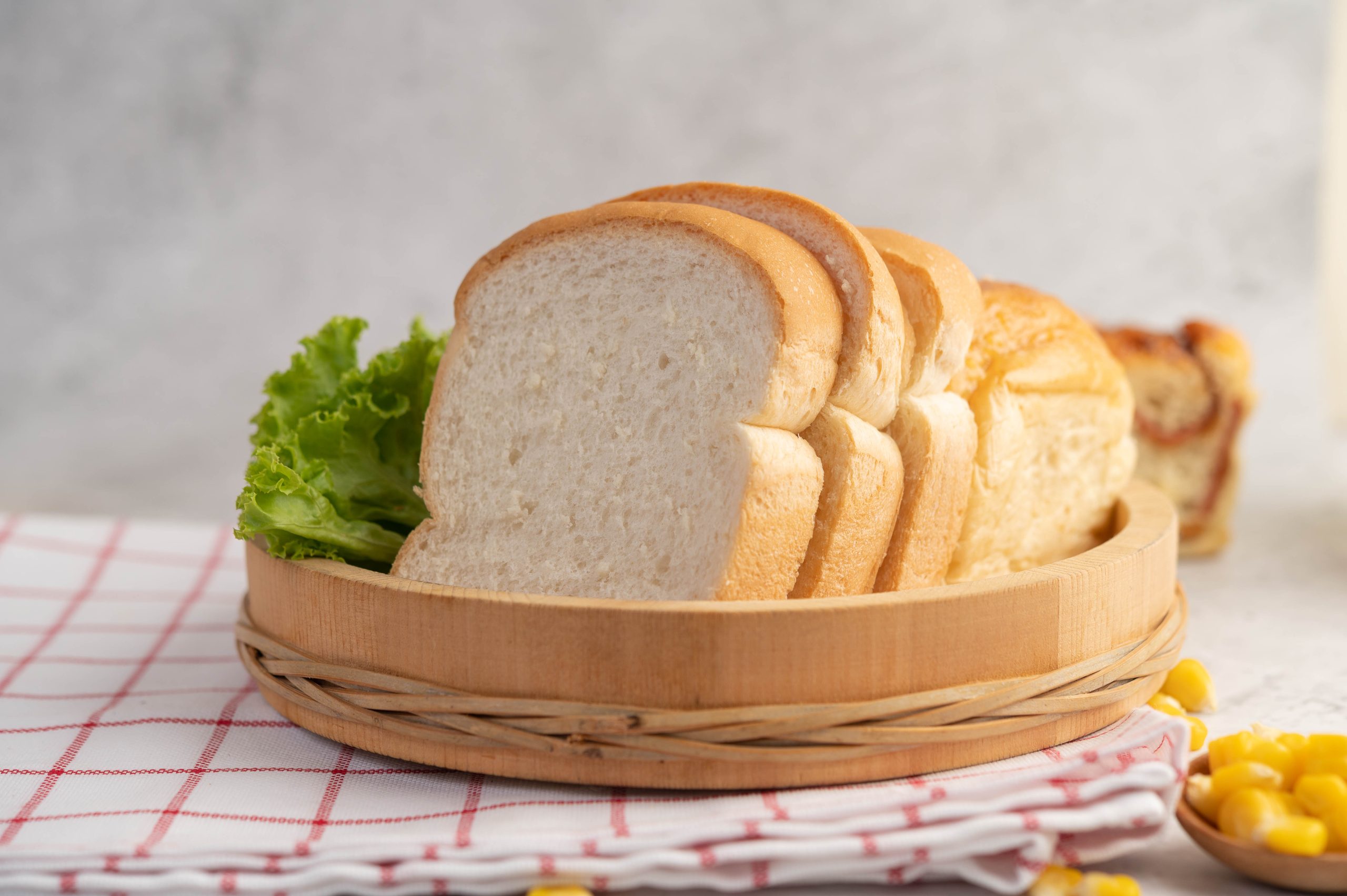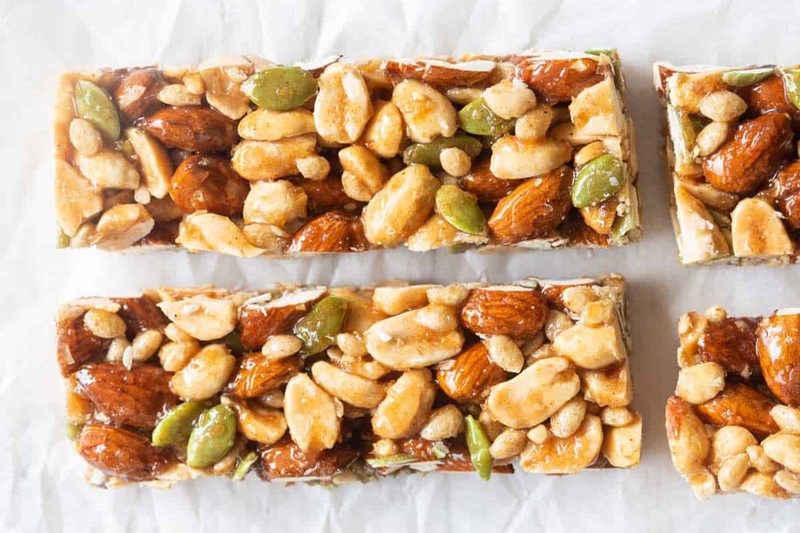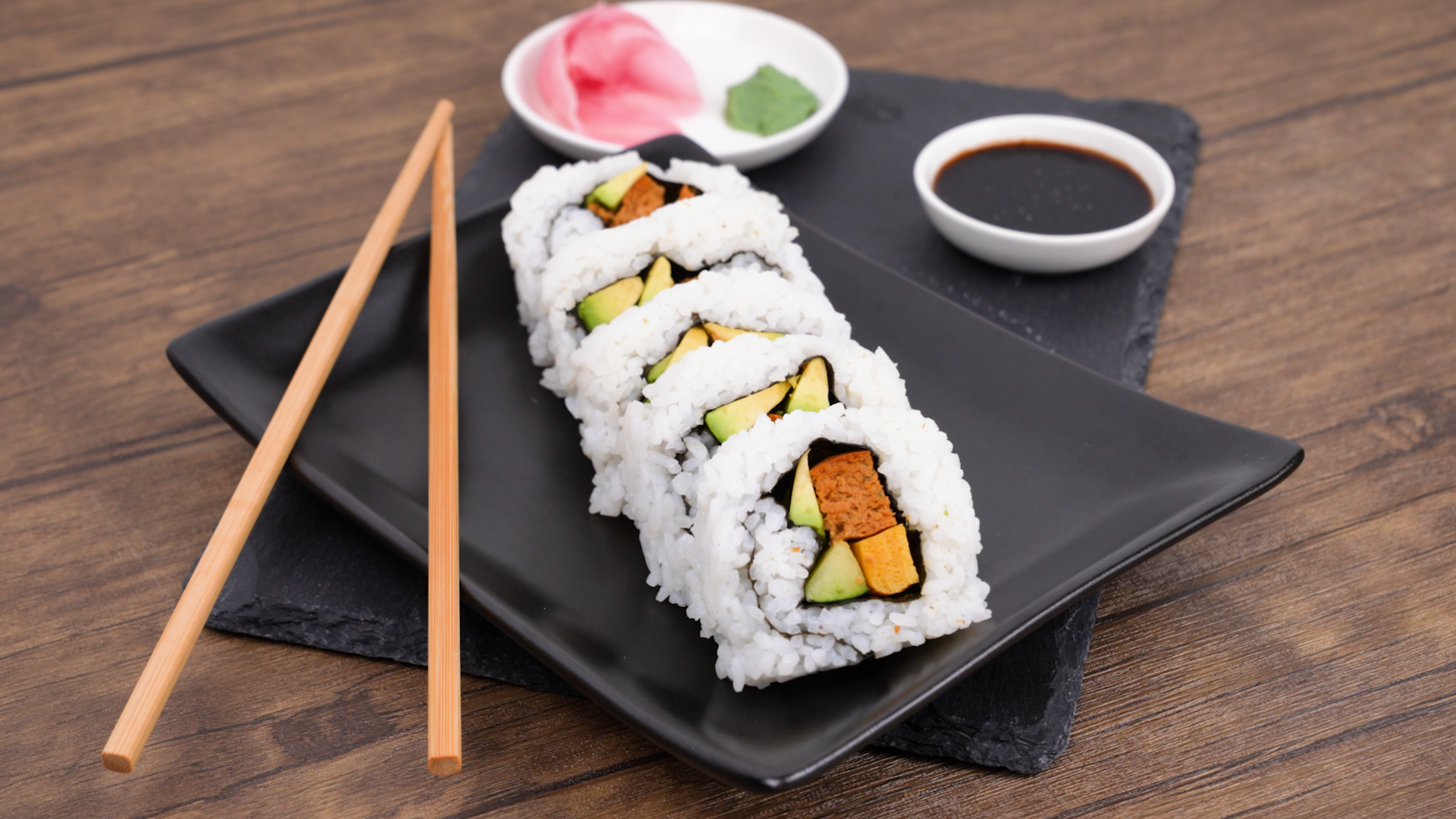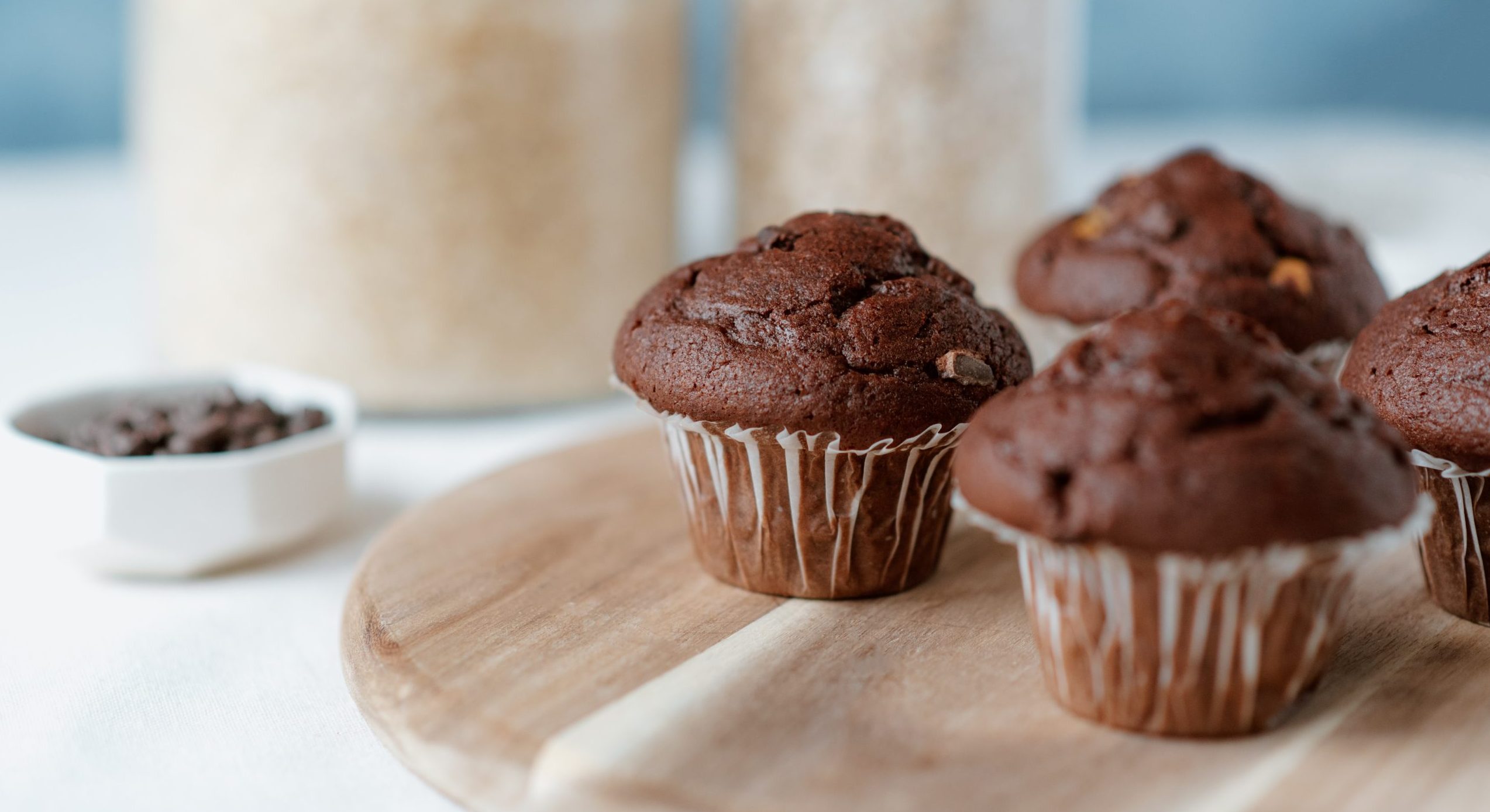Bread improver is a blend of coherent, balanced combination of baking ingredients that can be added to wheat flour and dough to assist and improve the overall dough behaviour and final bread quality1. Appropriate formulation of bread improver will result in a lighter loaf with better textual properties and better keeping qualities3.
It is made up of food ingredients (cereal products such as starch or malt, different sugars, dairy products such as powdered milk, soy flour) with or without additives (preservatives, fruit acids, phosphate, thickening agents), and varies depending on different applications. Commonly, the ingredients used in bread improvers are usually also part of the components from the food products5.
For rye dough, addition of acid to the dough can avoid producing bread with weak crumbs, inelastic and low chewability. The acidifiers mainly consist of lactic, acetic, citric acids or acidic phosphates5.
There are 5 types of elements that are used as ingredients in bread improver. Those are reducing agents, oxidants, enzymes, emulsifiers and various ingredients with specific effects such as hydrocolloids4.
| Components | Examples of Ingredients | Functions |
| Reducing Agents | L-cysteine (amino acid), Glutathione (tri-peptide) | – Restructure gluten by breaking disulphide (S–S) cross-links in gluten, weaken the gluten network and reduce its elasticity. – Reduce mixing time and improve dough machinability. |
| Oxidising Agents | Ascorbic Acid | – After enzymatic conversion of ascorbic acid into dehydroascorbic acid, this substance acts as oxidising agent and improves gluten quality and dough stability. – Promote the formation of disulphite cross-links from free sulphydryl (– SH) groups. – Strengthen gluten for optimal gas retention. |
| Enzymes | Amylase, Xylanase, Proteases and Lipoxygenase | – Amylases break down starch to dextrins and then further to fermentable sugars to feed the yeasts – With the formation of dextrins and sugars during the enzymatic degradation of starch, they give rise to the browning effect during baking and develop the typical bread flavour as a result of the reaction between these ingredients and other dough components. – Xylanase: Increase dough strength and improve dough processability – Protease: Improves extensibility of dough by gluten degradation – Lipoxygenase: Lipid oxidation present in the dough; brightens the crumb (through oxidation of yellow carotenoids) of toast bread |
| Emulsifiers | Lecithin, Diacetyl Tartaric Acid Esters of Mono- and Diglycerides, StearoylLactylate | – Improve the gas impermeability of the membrane that encloses the gas bubbles – Makes the dough less susceptible to mechanical stress during dividing, moulding and handling – Increase proofing stability as well as oven spring – Monoglycerides of fatty acids: prevent the recrystallization of starch (retrogradation) in the finished baked good where retrogradation is main cause of staling |
| Hydrocolloids | Guar Gum, Soya Flour, Pre-gelatinised Cereal Flours and Starches | – Improve the hydration capacity of doughs-Hydrocolloids absorb water during dough preparation making the doughs much drier and more easily processed – The increased moisture contributes to optimum starch gelatinisation which also improves the fresh keeping properties |
In particular, bread improvers can be formulated differently based on products to be used in or the intended production method. Improvers are generally used at an amount of not more than 10% calculated on flour, while the optimum amount of components alter accordingly to the types of products. Commercially, they available as powder, in granular form or as liquid and paste5.
The application for bread improvers can be classified into following groups as below:-
- Improvers for small yeast-raised items (rolls)
- Improvers for bread with more than 10% rye flour content (acidifier)
- Improvers for toast bread and wheat bread
- Improvers for yeast-raised fine bakery wares
- Improvers for retarded and interrupted proofing
- Improvers for prolonged shelf life (staling retarder)
- Improvers for production of pound and sponge cakes (batter enhancing agent)
Guideline Quantities of Substances Used to Improve the Baking of Products Made Using Milled Wheat or Rye5
| Components | % of the Dough Weight |
| Hydrocolloids (pre-gelatinised flour, guar gum, soya flour) | Approx. 1% |
| Lecithin | 0.1 – 0.3% |
| Diacetyl tartaric ester of mono- and diglycerides (DAWE, DATEM) | 0.2% |
| Monoglycerides of fatty acids, Stearoyl lactylate | 0.2% |
| Ascorbic acid | 100 – 200 mg/kg (ppm) |
| Cysteine | 50mg/kg (ppm) |
| Acids (Citric, Lactic, Acetic Acid) | 1% |
| Sugars (sucrose, glucose, malt extract) | 1% |
References
1Cauvain, S. (2017). Baking problems solved (2nd ed., pp. 133-144). Duxford: Woodhead Publishing.
2Haegens, N. (n. d.). Bakery technology – Sugar, malt, milk powder, emulsifiers and enzymes.
3Laucke Flour Mills. (n. d.). Bread Improvers.
4Lesaffre. (n. d.). Bread improvers.
5Wassermann, L. (2009). Bread improvers – action and application.






